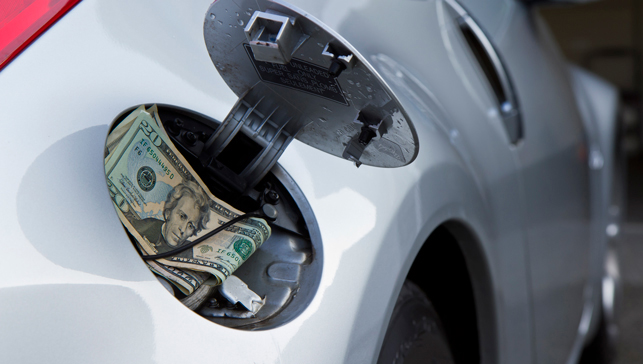What did California officials think was going to happen when they decided it was a dazzlingly brilliant idea to hound the oil industry out of the state? That magic would take over and there would be no consequences for their rash decisions?
Apparently, they weren’t thinking at all, because, according to reports, the California Energy Commission (CEC) is looking for a buyer who will take over one of the refineries that’s being abandoned by a company that’s had enough of being beaten up by Sacramento. Their confidence in their crusade to green out the state seems to have been replaced by panic.
To paraphrase the great Groucho Marx, they have values, and when those wreck things, they have others.
Based on the statements of three sources, Reuters reported last week that the CEC is actively shopping Valero Energy’s Benicia refinery near San Francisco. The facility, with a 145,000-barrel-per-day capacity, is scheduled to close in April, and is one of several refineries that will be shuttered across the state. Later this year, Phillip’s 66 is closing its refinery complex, which has sites in Wilmington and nearby Carson. It will be the fourth California refinery to close since 2020. The announcement was made mere days after Gov. Gavin Newsom signed Assembly Bill X2-1, granting the state the power “to require oil refiners to maintain a minimum inventory of fuel to avoid supply shortages.” The law also limits “higher profits for the industry,” and authorizes the bureaucracy to force “refiners to plan for resupply during refiner maintenance outages.”
Valero is also considering closing its refinery in Wilmington, which can produce 85,000 barrels a day. The refining capacity of the two Valero sites is a little more than 14% of the state’s total.
By this time next year, there might not be even a dozen refineries left in the state to produce the 38 million gallons of California’s boutique blend that’s consumed every day. This special mix is unique to the state. It’s not made anywhere else, and costs more than gasoline manufactured and sold outside the state lines. Should oil companies elect to use their refineries in other states to make it, they would have to invest billions to upgrade their systems.
One way around this problem would be to allow suppliers to sell a limited amount of non-compliant gasoline. This idea has been proposed by Jeremy Martin, director of fuels policy for the Union of Concerned Scientists. But he ambushes his own suggestion with the stipulation that the suppliers would have to place 25 cents for each gallon into a fund to that would help low-income drivers afford electric vehicles. This wouldn’t keep prices down, which is ostensibly the goal, since the providers would pass on their 25-cent surcharge to consumers.
This is happening in a state that already has the highest gasoline prices in the country – and they might be heading even higher. University of Southern California professor Michael Mische has suggested refinery closures could force prices to $8 a gallon in 2026, almost double the $4.48 Californians were paying for a gallon of regular unleaded on July 25.
A more optimistic analysis from the University of California, Davis says the price by August 2026 – “when the full effect of the [refinery] closures is realized” – could rise by $1.21, making the cost of a gallon nearly $6.
Doing almost any sort of business in California has become an arduous task due to a crippling regulatory regime, high taxes and suffocating mandates. Doing business as a politically unfavored industry is even more difficult. “The California regulatory environment is putting” some much pressure on operators, says Valero Chief Executive Lane Riggs, they have reached the point where “they might think about” the feasibility of “going forward with their operations.”
Given this, why would any energy company spend precious resources to buy a California refinery?
The panic that has so clearly set in could have been avoided. California didn’t have to go to war against gasoline and other fossil fuels. But policymakers chose to show the world how serious they are about climate change and chose to remake the energy sector without giving much, if any, thought to the consequences.
Twenty-five years ago, when there were 23 refineries in the state (down from 40 in 1983), the difference between California gasoline prices and the national average was about 25 cents. That gap has grown significantly, says Bulat Gafarov, a co-author of the UC Davis paper. California prices are now $1.50 higher. By next summer, that’s going to seem like it was a bargain.
Kerry Jackson is the William Clement Fellow in California Reform at the Pacific Research Institute and co-author of The California Left Coast Survivor’s Guide.

